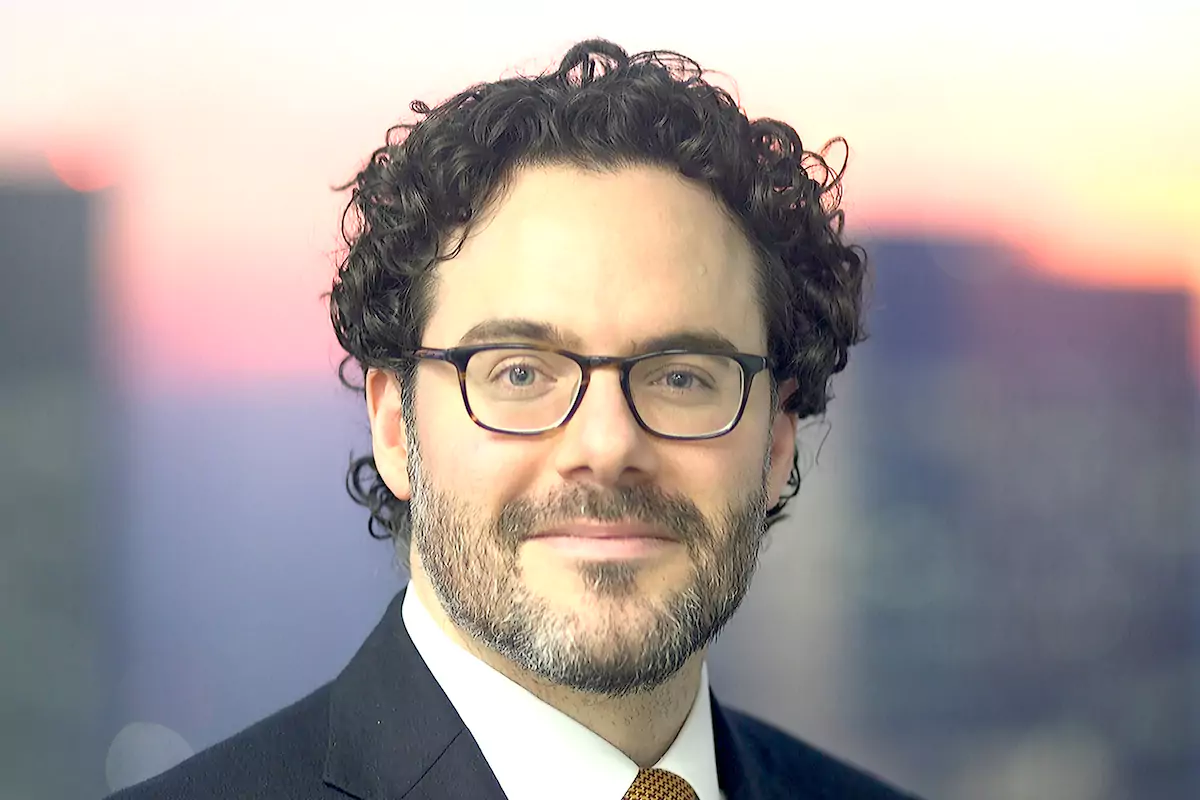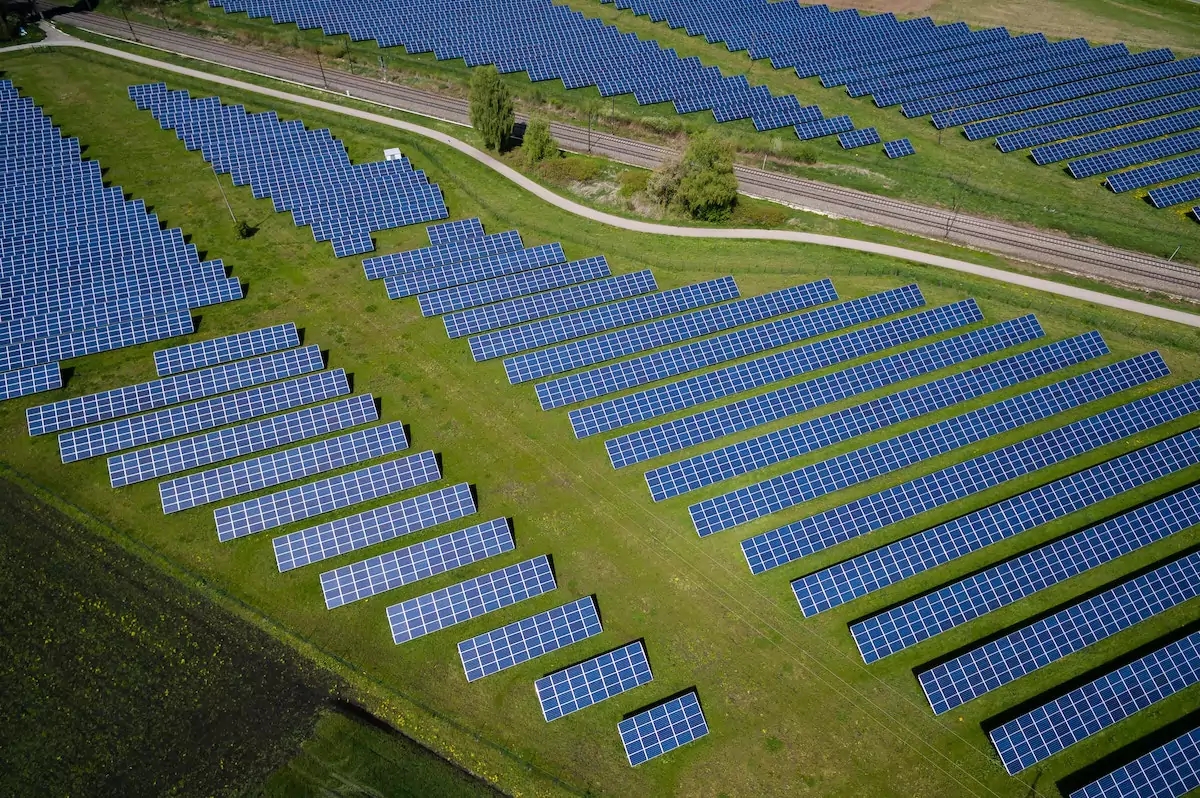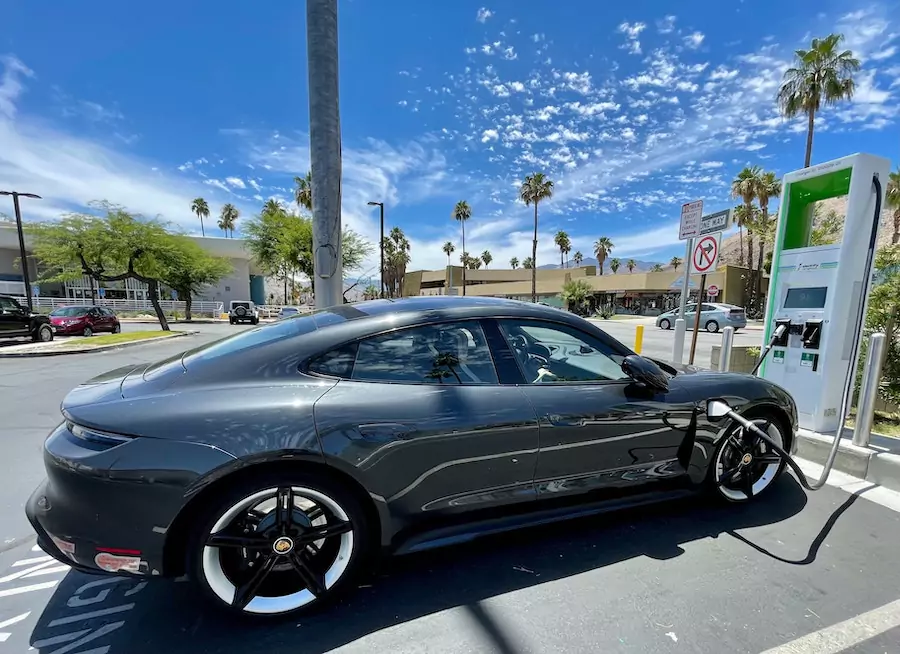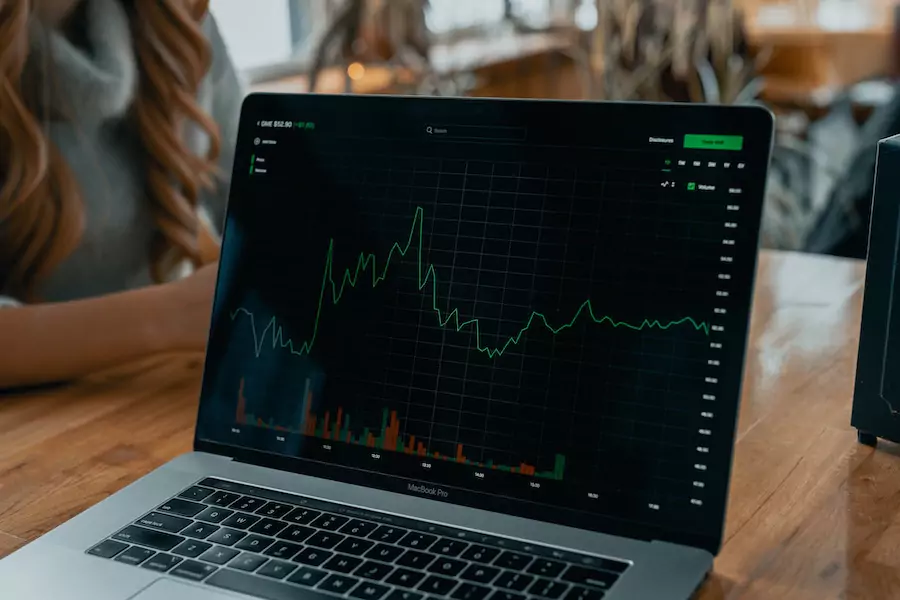Dive into the dynamic world of sustainable investments, a market that has surged to US$35.3 trillion, as Damian Payiatakis, Head of Sustainable and Impact Investing at Barclays Private Bank, unravels challenges like greenwashing and explores the evolving regulatory landscape.
In 2022, the impact investment market reached an estimated US$1.16 trillion, while the value of sustainable investments in major financial markets globally hit US$35.3 trillion (beginning of 2020).
In Europe, half of all the money in investment funds is labelled as ‘sustainable’, according to financial services provider Morningstar, amounting to over €4.18 trillion.
But how do you navigate an investment space where around 100 funds labelling themselves as sustainable are set up every quarter, and “sustainability” has no fixed, legally-defined definition?
Damian Payiatakis, Head of Sustainable and Impact Investing at Barclays Private Bank, has been spearheading Barclays Private Bank’s sustainable investment for over a decade. He tells Monaco Life that, despite the progress, it is a sector that is still in its early stages.
“When you think about ethical investing, it goes back hundreds of years. On the other hand, fields like responsible investing and impact investing were formally launched in 2006 and 2007 respectively. So, we are not nascent nor are we mature. But even with all the subsequent activity and development, we are still at an adolescence phase of the market,” Damian tells Monaco Life. “From the client side, there are definitely some investors that still need to be convinced about the rationale for investing sustainably. But what we are seeing now is more focus on the ‘how’ rather than the why.”

The attitudes of wealthy investors
Damian points to the latest ‘Investing for Global Impact: A Power for Good’ report, a study by Campden Wealth, in partnership with Barclays Private Bank and Global Impact Solutions Today (GIST). It provides unique insights into the attitudes and actions of 150 of the world’s wealthiest individuals, families, family offices and foundations towards generating positive impact with their capital, collectively worth around $730 million.
In the 2022 study, a vast majority of respondents, 75%, reported that they are concerned about making an investment that is greenwashed. Meanwhile, the number of respondents who were “strongly concerned” about making a greenwashed investment increased from 46% to 52% within a year. Furthermore, 48% respondents rank greenwashing as the space’s top challenge over the next five years.
Greenwashing and how to mitigate it
Greenwashing is a deceptive practice where organisations exaggerate or misrepresent their environmental or social impact to attract investors. Recognising the need for transparency and accountability, regulators have been actively shaping guidelines to curb greenwashing within the impact investing sphere. These regulations aim to standardise reporting metrics, encourage rigorous impact assessments and enforce penalties for misleading claims.
“The standards and expectations, and what is universally accepted, continues to evolve. That being said, I think we definitely share a concern that where there is a lack of deep knowledge or authentic commitment, there is a risk of greenwashing,” says Damian. “Simply because a fund or a firm says they are investing sustainably does not mean they are doing it, moreover doing it well. The research shows that investors say they will not simply rely on regulation or regulatory labels to determine the sustainability credentials of a fund. They are actually going to look at the robustness of the practice.”

How to invest sustainably
To navigate the challenge of avoiding greenwashing, Damian suggests a three-pronged approach. Firstly, he emphasises the importance of starting from within, urging investors to identify exactly what they deem impactful or important.
“Do you want simply, from a responsible investing perspective, to de-risk your portfolio and invest in better-run companies from an operating perspective versus do you want to invest into companies, for example, that are providing solutions to UN SDGs (Sustainable Development Goals)? Those two approaches can be overlapping, but at the core, they are two very different things.”
Damian’s second piece of advice is to understand the investment process rather than solely focusing on portfolio presentations.
“Investment managers or investors tend to present at a point in time what is in the portfolio. But that does not always mean that holding will be in the portfolio permanently,” says Damian. “Therefore, it is critical to understand the investment process and their decision making – how they integrate ESG through ratings or metrics, or how they set and apply minimum thresholds.”
Finally, Damian highlights the significance of considering “outputs” as a critical aspect of evaluating a company’s impact, encouraging investors to look beyond static portfolio snapshots and comprehend the long-term implications of their investments.
“This is the ‘trust but verify’ view of the world,” says Damian. “If you said you were going to do this, then demonstrate it either through your investment process or the outcomes. And in that sense, we are trying to help clients understand that all these regulations or labels can be helpful, but actually, the robustness of your diligence still needs to be the same.”

Working within the guidelines
Since the European Union’s Sustainable Finance Disclosure Regulation came into force in March 2021, asset managers have been required to provide more information on the sustainability risks and impact of their investment products sold in the EU.
They must use the ‘EU Taxonomy’ framework, a classification system that defines criteria for economic activities that are aligned with a net zero trajectory by 2050 and the broader environmental goals other than climate.
But even this, says Damian, has its complexities.
“The EU has set out six different categories of activities considered economically environmentally sustainable. But even within this particular view of the world, an investor or an individual or a family may or may not agree with all of them,” says Damian. “Fund managers are applying or having to rely on that strict framework to meet regulatory requirements, but we have spoken to some who say they have holdings that they are confident are environmentally sustainable in terms of their contribution to mitigating climate change, but because it is not (yet) in the framework, it wouldn’t be counted.
“So that is an interesting conundrum for fund managers to decide how to label themselves and provide the evidence. Overall, I am a firm believer that disclosure is hugely valuable, and the structure is clarifying, but it does not necessarily mean that it provides all answers to investors.”
Notably, the EU is currently taking submissions from stakeholders based on scientific and/or technical evidence on new economic activities that could be added to the EU Taxonomy or on potential revisions of technical screening criteria of existing activities.

Impact investing is being driven by the younger generations
The study showed that even investors who were keen to identify themselves as “traditional” investors, 72%, still said that they were integrating ESG considerations at some level.
“It is fascinating to see that perspective from an industry perspective. It is the mainstream recognising and moving towards an approach where they are saying, ‘Irrespective of how I want to see the world or what my personal ethical beliefs are, or how my capital might be used to influence the world, purely on a financial materiality basis, I am incorporating ESG considerations.’”
That being said, according to the report, 68% of respondents believe that impact investing is being driven by the younger generations. Research on multi-generational wealth confirms the role of younger generations in the drive for pursuing more sustainable investing approaches.
The influence of the next generation and a desire to leave a legacy is typically ranked among the top three reasons why family offices around the world adopt sustainable investing.
“While the younger generation is taking the lead in their families, the good news is that around 79% say that the older generation is embracing it, and are open to it,” confirms Damian.

A conversation investment managers have to have
While the effects of climate change are now impossible to ignore – floods, fires, record-breaking temperatures every year – regulation is also changing the nature of the conversations that fund managers are having with European families.
“We have to now ask about sustainable considerations if clients are in an EU jurisdiction,” explains Damian. “Today that is not a requirement elsewhere – although it will likely come in the future – but in Europe, the regulation is shifting the discussion.”
Meanwhile, over half of respondents, 53%, also think that impact investing is creating a bridge between older and younger generations, underlining the collaborative and unifying aspect of adding impact investments to the family’s portfolio.
Structural trends and themes
While current world issues, like geopolitical pressures and inflation, make for uncertainty in many investment sectors, international commitments like the Paris Agreement ensure that there are opportunities in the growing global emphasis on environmentally and socially responsible practices.
“The things we are talking about are long-term structural issues and opportunities; the companies who are going to provide those solutions are going to have to grow. They cannot be the same size they are today. For example, the expectation would be for the existing global grid network will need to be doubled or replaced by 2040, or renewables capacity will need to triple by 2030, or production of EV batteries will need to be nearly 40 times greater in 2030 than 2020,” concludes Damian, referencing Barclays new ‘Five sectors for long-term green growth in 2024’ report that was published on 13th November.
“All of this fundamentally means that between now and 2030, which is on the horizon, to stay in line with Paris 1.5°C commitment, we will need much more disruption and change across every sector of the economy. For investors, that is where they can look for long-term growth.”
SEE ALSO:
Join the Monaco Life community – the largest English media in the Principality.
Sign up for the Monaco Life newsletter, and follow us on Facebook, Instagram and LinkedIn.
Main photo credit: Nasa, Unsplash
